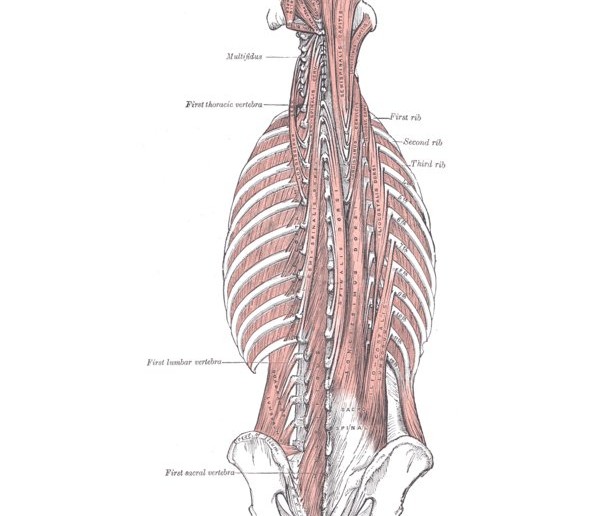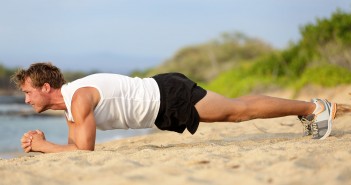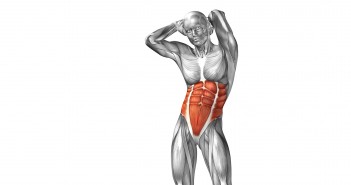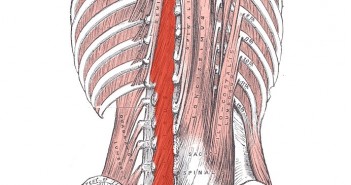The Erector spinae muscles (also known as extensor spinae) are a bundle of muscles and tendons, running more or less vertically throughout the lumbar, thoracic and cervical regions of the vertebral column.
They are part of a large and complex group of muscles that work together to support the spine, help hold the body upright and allow the trunk of the body to move, twist and bend in many directions.
The extensor muscles are attached to the posterior (back) of the spine and enable standing and lifting objects. These muscles include the large paired erector spinae muscles, which help hold up the spine, and the gluteal muscles.
Unless these muscles are specifically exercised, back muscles and abdominal muscles tend to weaken with age. Also, any episode of lower back pain that lasts for more than two weeks can lead to muscle weakness (since using the muscles hurts, the tendency is to avoid using them). This process leads to disuse atrophy (muscle wasting), and subsequent weakening, which in turn causes more back pain because the muscles of the back are less able to help hold up the spine.
Physical therapy and back exercises to treat back pain in the lower spine usually focus on strengthening the flexor, extensor and oblique muscles to help reinforce support of the spine and in turn, reducing low back pain and sometimes eliminating the need for surgery.
Extensor muscle strength and flexibility are essential to maintaining a neutral spine position. An unhealthy posture results when the curve is overextended called lordosis or swayback. Proper posture corrects muscle imbalances that can lead to low back pain by evenly distributing weight throughout the spine.
The Role of the Erector Spinae in the Golf Swing
Poor spinal posture affects your golf swing much more than you would think. When your spine is not able to move forward (flexion) and backward (extension) easily, this has a negative influence on the mobility of your shoulder blades and pelvis through the muscle connections between your spine and these body areas. When your hips and pelvis become limited in their range of motion, your potential for injury is greatly increased, and the likelihood of improving your swing technique is greatly reduced.
Erector Spinae Exercises
Mobility exercises:
Posterior Pelvic Tilt Exercise
If you have any questions or comments about this or other articles on Golf Loopy, please send us an email.
You May Also Like…
Introduction to the Swing like a Champion System
Overview of a Great Golf Swing, which summarises the correct movements in a great golf swing, and describes how the core muscles help to power and stabilise the golf swing.
Golf Swing 101. Setup: Basic Posture, which explains why good posture is good for your golf swing, and how the abdominals should be pulled in properly.
Golf Swing Drill 101. Setup: Perfect Posture and Connecting to Your Core, which describes how to achieve perfect posture, including how your abdominals should activated by pulling them in and up.
Golf Anatomy and Kinesiology, a collection of articles describing the roles of the muscles involved in the golf swing.
Gluteal muscles, which describes the “glutes” — the three muscles that make up the buttocks, and how they power the golf swing kinetic chain through the core.
Oblique muscles, which describes in more detail your side abdominals, which help you to bend from the side or twist your torso, and their role in the golf swing.




